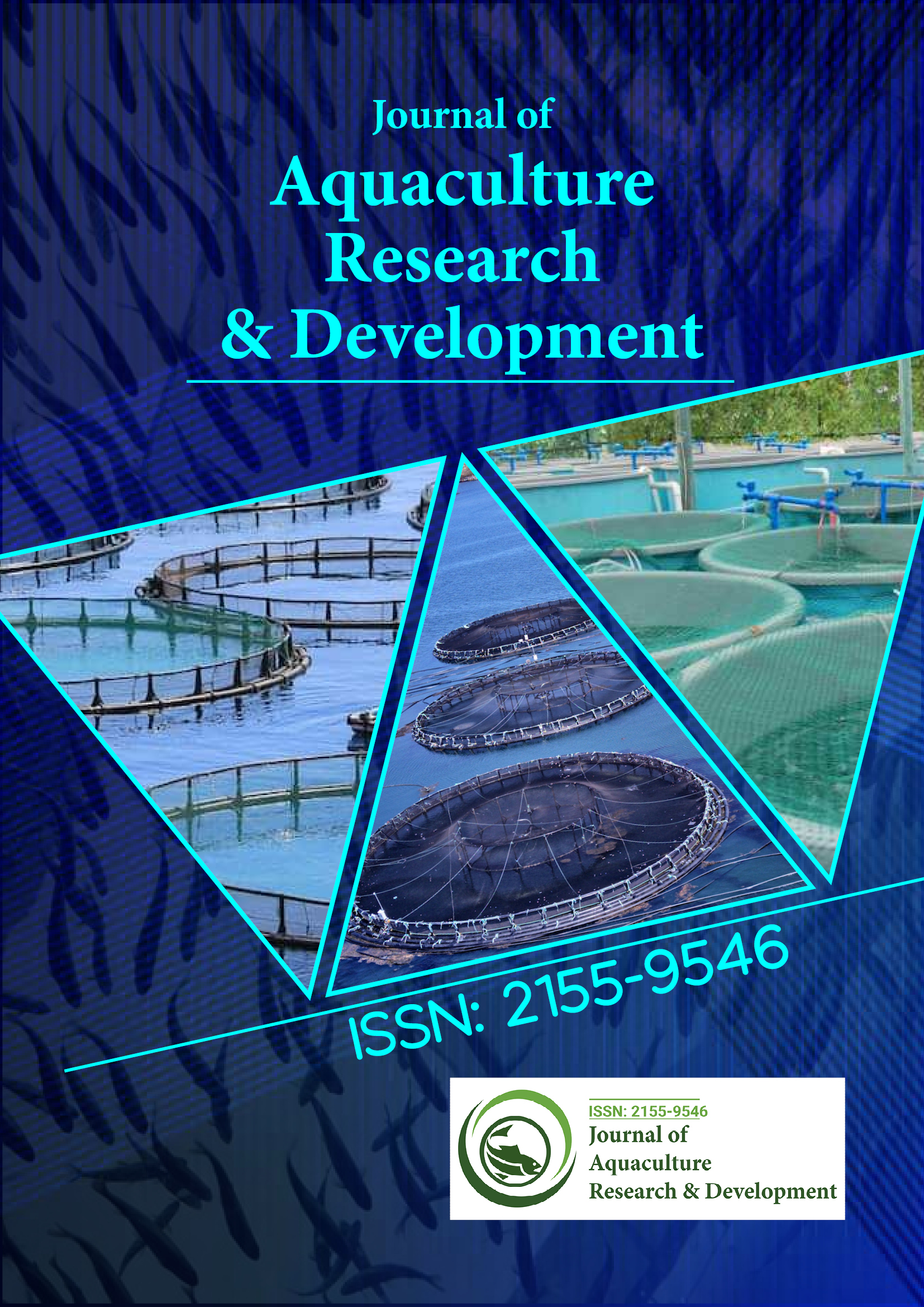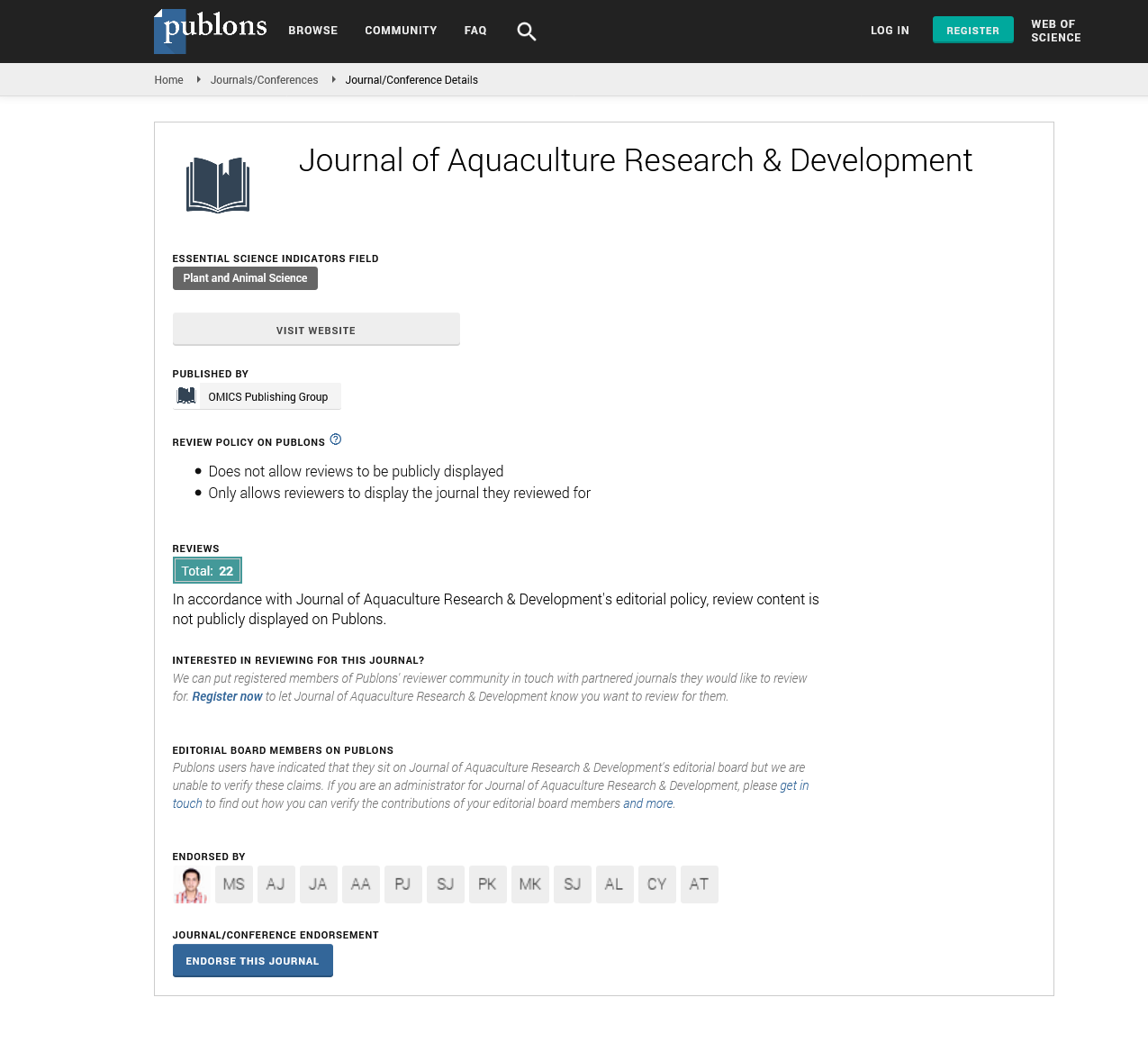Indexed In
- Online Access to Research in the Environment (OARE)
- Open J Gate
- Genamics JournalSeek
- JournalTOCs
- Scimago
- Ulrich's Periodicals Directory
- Access to Global Online Research in Agriculture (AGORA)
- Electronic Journals Library
- Centre for Agriculture and Biosciences International (CABI)
- RefSeek
- Directory of Research Journal Indexing (DRJI)
- Hamdard University
- EBSCO A-Z
- OCLC- WorldCat
- Scholarsteer
- SWB online catalog
- Virtual Library of Biology (vifabio)
- Publons
- MIAR
- University Grants Commission
- Euro Pub
- Google Scholar
Useful Links
Share This Page
Journal Flyer

Open Access Journals
- Agri and Aquaculture
- Biochemistry
- Bioinformatics & Systems Biology
- Business & Management
- Chemistry
- Clinical Sciences
- Engineering
- Food & Nutrition
- General Science
- Genetics & Molecular Biology
- Immunology & Microbiology
- Medical Sciences
- Neuroscience & Psychology
- Nursing & Health Care
- Pharmaceutical Sciences
Opinion Article - (2024) Volume 15, Issue 12
Challenges and Opportunities in Expanding Aquaculture Production
Peerzadi Mahonge*Received: 27-Nov-2024, Manuscript No. JARD-24-27743; Editor assigned: 29-Nov-2024, Pre QC No. JARD-24-27743 (PQ); Reviewed: 13-Dec-2024, QC No. JARD-24-27743; Revised: 20-Dec-2024, Manuscript No. JARD-24-27743 (R); Published: 27-Dec-2024, DOI: 10.35248/2155-9546.24.15.945
Description
Aquaculture, the farming of aquatic organisms such as fish, crustaceans, mollusks and aquatic plants, has become a significant contributor to global food production. It now accounts for nearly half of the world's seafood supply, playing a vital role in addressing food security and providing livelihoods to millions of people.
Aquaculture has grown substantially over the past few decades, driven by increasing demand for seafood, advances in farming technologies and declining wild fish stocks. According to the Food and Agriculture Organization (FAO), aquaculture production reached approximately 120 million metric tons in recent years, including fish, crustaceans, mollusks and aquatic plants. Asia dominates the industry, contributing over 90% of the world's aquaculture production, with China being the largest producer. Aquaculture encompasses a wide variety of species, including freshwater fish like carp and tilapia, marine species like salmon and shrimp and seaweeds such as kelp and nori. The diversification of species has allowed the industry to cater to different market demands and environmental conditions. Innovations in breeding, feed formulation and disease management have significantly improved aquaculture productivity. Recirculating Aquaculture Systems (RAS) and offshore farming technologies are gaining traction, offering sustainable solutions to resource limitations and environmental concerns. Aquaculture provides employment opportunities for millions, particularly in rural and coastal areas. It supports global trade, with major exporting countries including Norway, Chile, Vietnam and India. Nutrient pollution from uneaten feed and waste can lead to eutrophication in surrounding water bodies. Habitat destruction, such as the conversion of mangroves into shrimp farms, has raised concerns about biodiversity loss. Disease outbreaks remain a major challenge, causing significant economic losses and threatening food security. Effective biosecurity measures are essential to prevent the spread of pathogens within and between farms. Aquaculture relies heavily on fishmeal and fish oil derived from wild fish, raising concerns about the depletion of marine resources. Efforts are underway to develop alternative feed ingredients, such as plant-based proteins, insect meal and algae.
Rising sea temperatures, ocean acidification and extreme weather events pose risks to aquaculture operations. Adaptation strategies are required to mitigate the impacts of climate change on aquaculture productivity and resilience. Compliance with environmental and food safety regulations can be complex and costly. Market access and competition from wild-capture fisheries remain obstacles for small-scale producers. The future of aquaculture is marked by opportunities for growth and innovation. With the global population projected to reach 9.7 billion by 2050, the demand for seafood is expected to rise significantly.
The adoption of Integrated Multi-Trophic Aquaculture (IMTA) systems can enhance sustainability by combining species that utilize different trophic levels, such as fish, shellfish and seaweed. IMTA systems recycle nutrients and reduce environmental impacts, contributing to a more balanced ecosystem. Precision aquaculture, which leverages sensors, IoT and artificial intelligence, can optimize feeding, monitor water quality and improve farm management. Advances in genetic engineering and selective breeding are enhancing disease resistance and growth rates in farmed species. The development of novel feed ingredients, such as single-cell proteins and synthetic amino acids, is reducing reliance on wild fish stocks. Plant-based and lab-cultured seafood are emerging as complementary solutions to traditional aquaculture products. Strengthening public-private partnerships and international cooperation can drive investments in sustainable aquaculture practices. Policy frameworks that promote responsible farming, resource efficiency and environmental stewardship are critical to the industry's future. Research into climate-resilient aquaculture species and systems is gaining momentum. Floating and offshore aquaculture farms are being developed to address rising sea levels and coastal space limitations. Farmed seafood provides a highquality source of protein, omega-3 fatty acids and essential nutrients. Expanding access to affordable aquaculture products can alleviate malnutrition and hunger in vulnerable populations.
Aquaculture offers economic opportunities in farming, processing and distribution. Empowering women and marginalized communities through capacity-building and access to resources can enhance social equity. The expansion of aquaculture can boost local and national economies by generating revenue and creating jobs. Export-oriented aquaculture industries contribute to foreign exchange earnings and trade balances.
Citation: Mahonge P (2024). Challenges and Opportunities in Expanding Aquaculture Production. J Aquac Res Dev. 15:945.
Copyright: © 2024 Mahonge P. This is an open-access article distributed under the terms of the Creative Commons Attribution License, which permits unrestricted use, distribution, and reproduction in any medium, provided the original author and source are credited.

